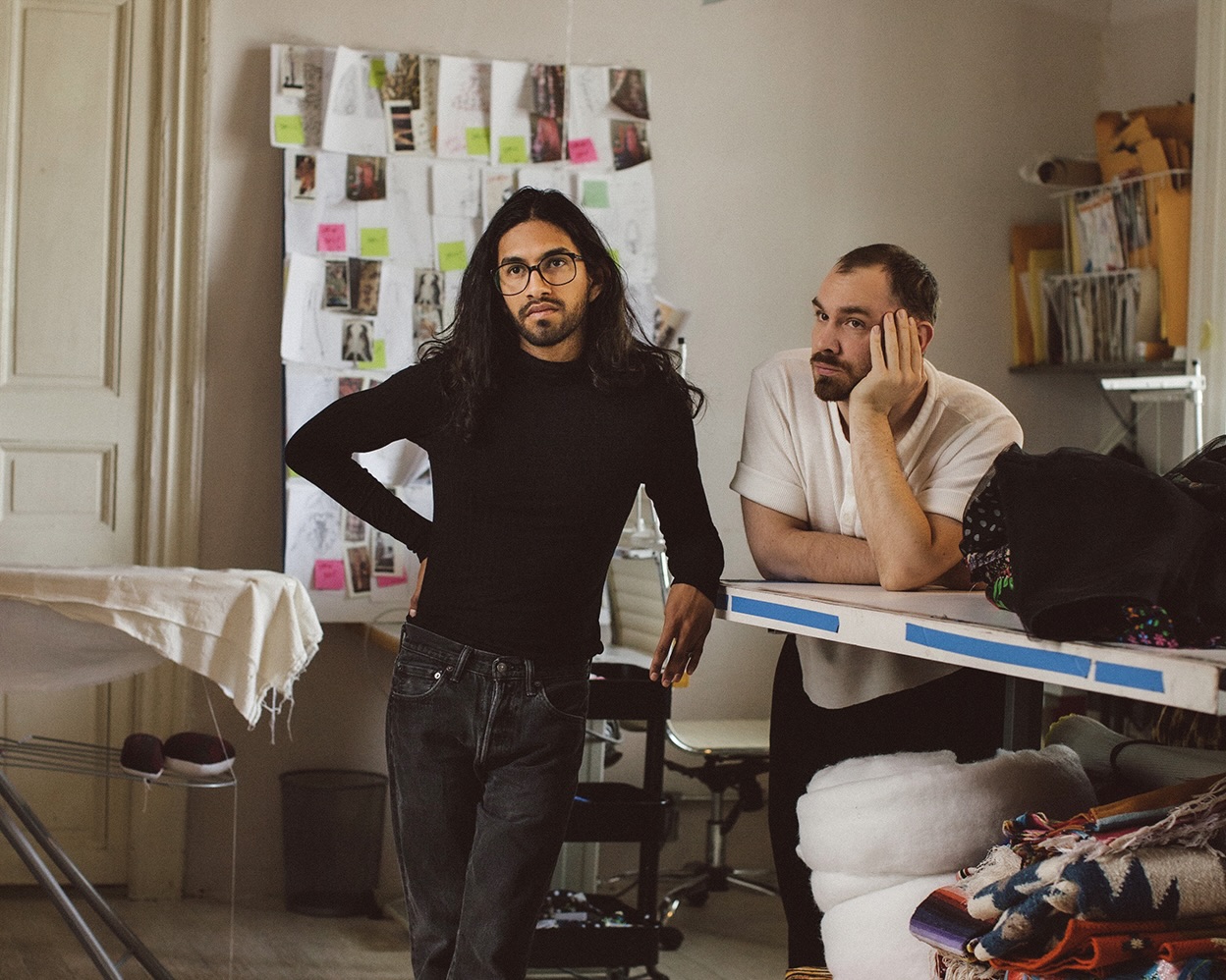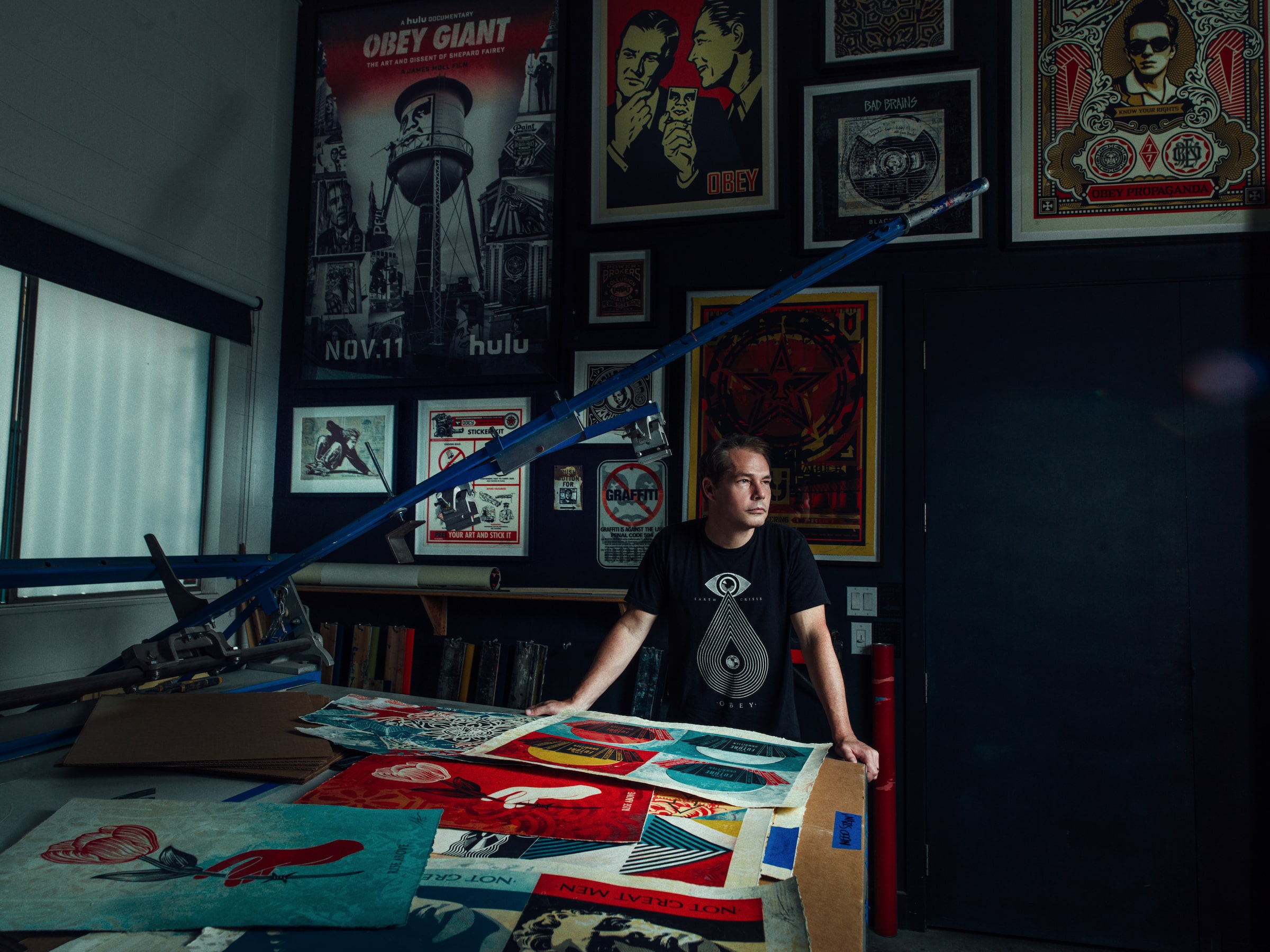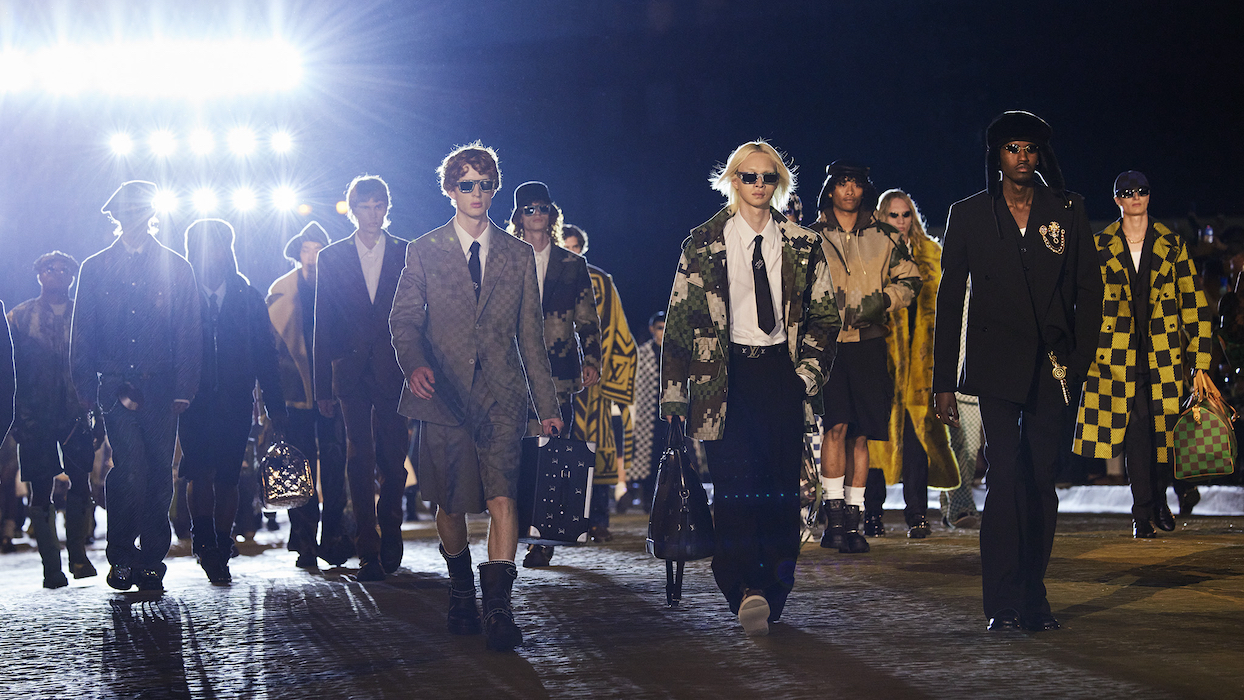When Jesus Herrera was six years old, they traveled with their family from the mountains of Veracruz, Mexico, to seek greater opportunities in the United States. Growing up in a small town west of Chicago, Herrera found joy in styling their high school’s theater group for its plays and musicals. Later, they were introduced to Gabriel Brandon-Hanson, who was designing costumes for the Joffrey Ballet Academy and in need of assistance. The two began creating costumes together, and eventually became partners in work and life.
In 2010, the pair decided to move to Mexico and design garments for the academy remotely, which they did with the help of skilled local seamstresses for the next eight years. Herrera had not been back to their hometown in Mexico since childhood, yet immediately found a deep well of inspiration in its artisanal markets and embroidery workshops. In 2015, Herrera and Brandon-Hanson started an online vintage store named The Vintage Jesus to sell items they found in markets in Chiapas, Oaxaca, Puebla, and Michoacán. Four years later, they launched their very own label, Les Jesus, selling one-of-a-kind garments and accessories constructed by hand. Today, the brand is on the rise for its thoughtful approach to ethical production, seen through shapely silhouettes, colorful embroidery, and materials that honor those that made them.
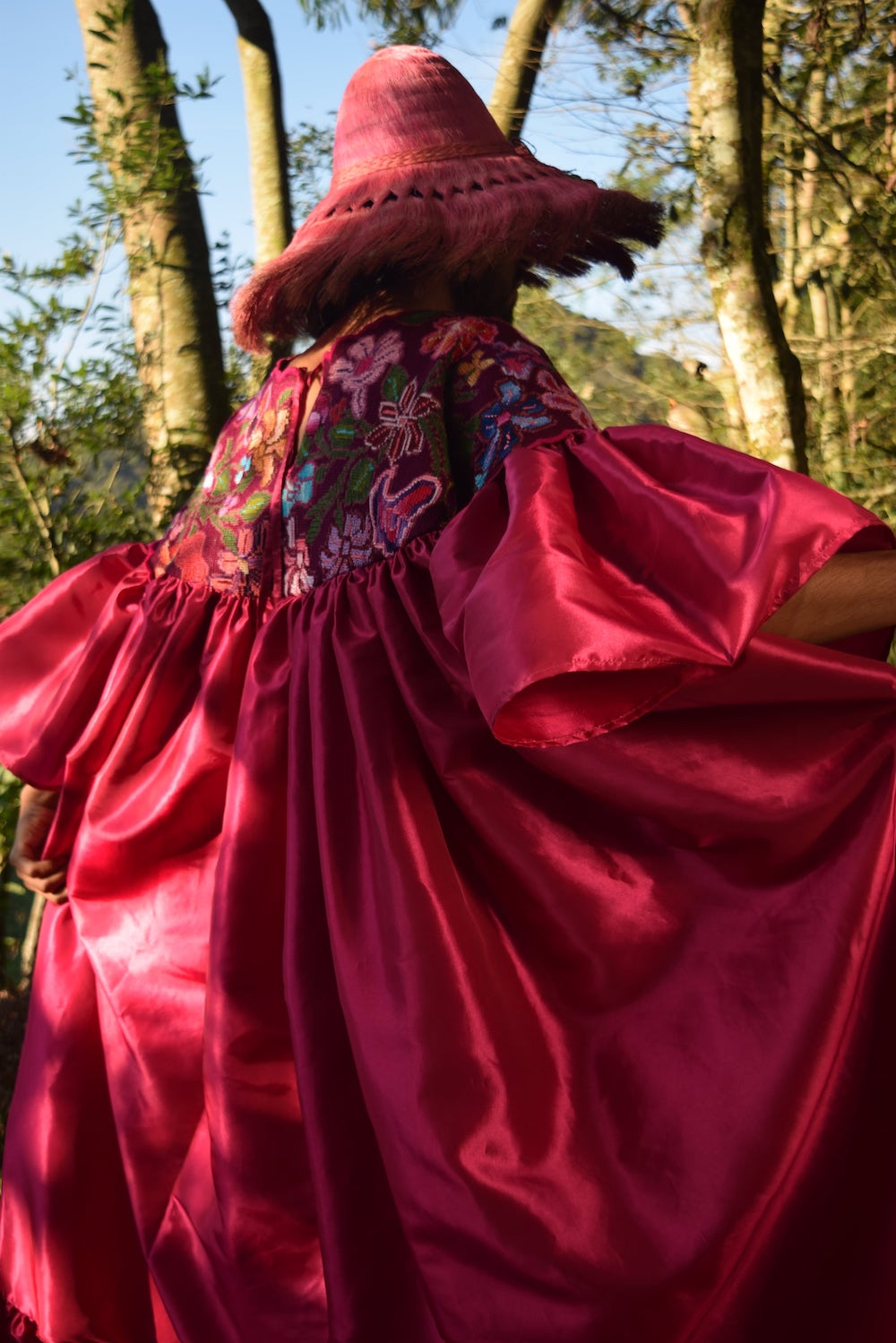
Jesus Herrera modeling the Les Jesus Huipil dress, photo by Gabriel Brandon-Hanson.
Whitewall heard from Herrera about creating inclusive clothing as a form of activism, and how working with these textiles represents marginalized communities in an elevated way.
WHITEWALL: How did working in the ballet inform your approach to fashion?
JESUS HERRERA: What I learned most was volume and proportion. I learned that impressive clothes require volume and proportion, and a beautiful, thought-out silhouette. I learned great construction, like how to French-seam something and reinforce a garment so it will last, where to add a twill tape so it won’t stretch, and how to properly line a garment or face it. These are techniques that haute couture houses use—techniques that lead to good design and lasting garments, which ultimately mean sustainability. It helped me think like a couture designer and not just a manufacturer of clothes.
WW: In 2015, your friend Kristy Luck came to visit you in Mexico and you took a trip to the Isthmus of Tehuantepec in Oaxaca. How did this trip inform the start of your curated online store, The Vintage Jesus?
JH: Kristy knew we were barely surviving off what we had left over from the ballet. We had a collection of objects from bazaars that were incredible—mostly clothes, like embroidered dresses. She was our fresh pair of eyes, seeing the abundance of those objects in Oaxaca, and advised us to start an online store to avoid the overhead of brick and mortar.
We launched in October, and within a week we made extra cash. In the beginning, it was all market finds at local bazaars. We liked to collect and sell textiles because of how intricate and well-made we found Mexican clothes to be, and we knew how hard it was to make clothes that beautifully. Slowly, we began to take trips to Puebla, Chiapas, and Oaxaca, and meet the artisans who had the know-how and were either weaving or embroidering certain pieces.
I was doing research on how to correctly sell a dress versus a huipil, an embroidery versus a weave, something from Amuzgos versus something from San Juan. Through this learning and travel, we made relationships with partners. And through organic growth, interest, and dedication, we curated and sold everything—from ceramics, shoes, jewelry, and children’s clothes to hats and bags. What has always worked out for us is textiles.
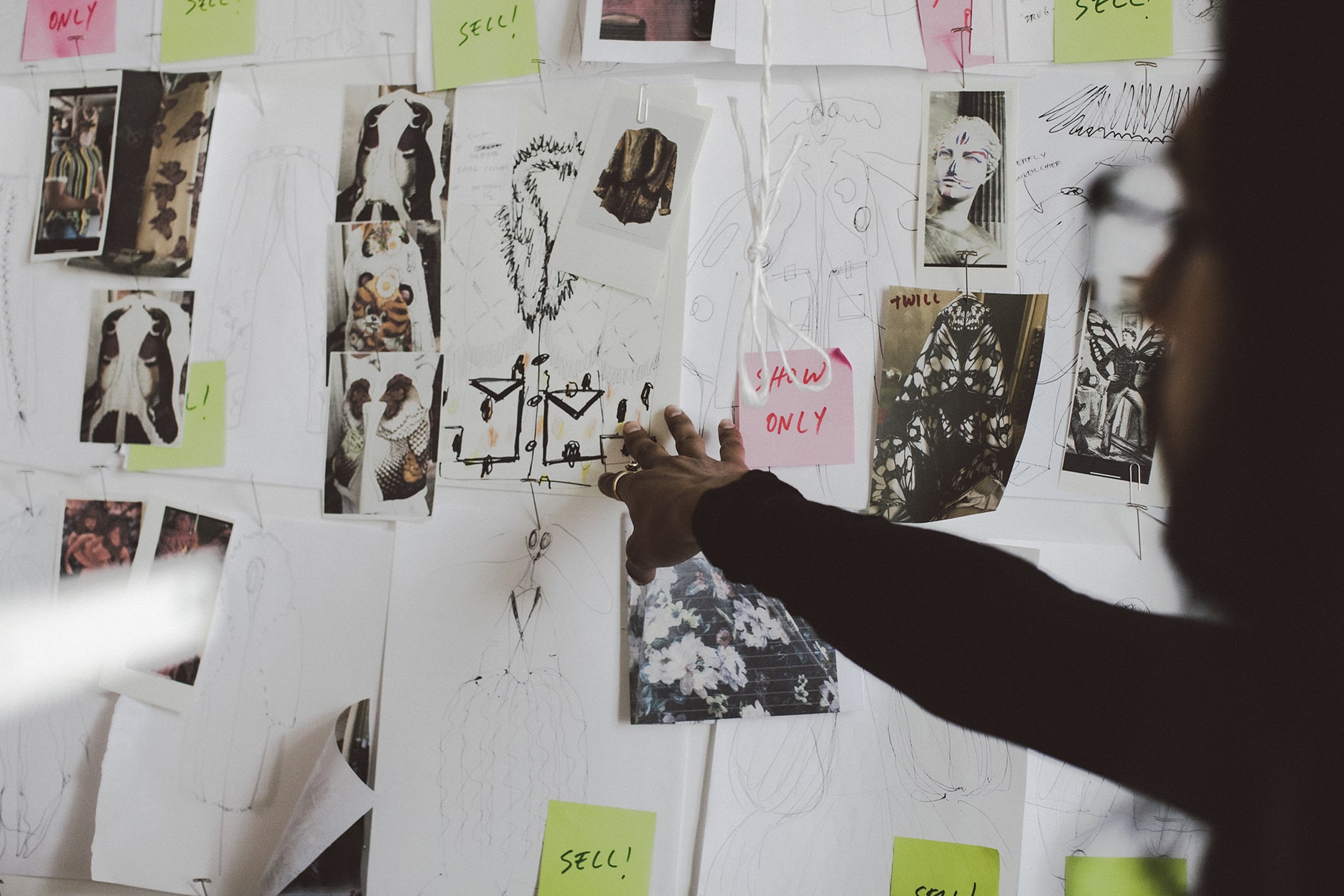
Photo by Summer Kellogg, courtesy of Les Jesus.
WW: You and Gabriel launched your own design brand dedicated to textiles named Les Jesus just four years ago. How did that come to fruition?
JH: Gabe had a bolt of pink taffeta and a damaged huipil from Chiapas. We would often crop the huipiles or transform torn-up skirts into pants, upcycle anything we could rescue. This time, he told me was making me an original garment with taffeta and the embroidery—and that’s where our huipil dress was born. He made it voluminous, with a large hem ruffle and big ruffled sleeves, in an electric bougainvillea color. We did a photo shoot and uploaded the dress to our Etsy shop. Right away, I knew how special it was and figured we could make another if it sold.
A few days later, Humberto Leon messaged us, which we thought was fake because we had no contact with anyone in fashion. He was looking for Mexican designers to include in The Year of Mexico, the yearly curation of designers and objects Opening Ceremony was famous for. We spoke for about 15 minutes on the phone while he was in Paris at Kenzo, and we were in our small office in Xalapa, which was just a desk in our living room. What caught his eye was the huipil dress—an architectural, hand-embroidered piece. He realized we had very good design and construction skills and he asked if we wanted to launch it as a brand. They would sell it at Opening Ceremony and we took what would be the profits from wholesaling them to launch Les Jesus.
WW: In one of our first conversations, you mentioned personally having a stance that is “feminist, queer, intersectional, non-racist, layered, inclusive, sustainable, and ultimately political.” Do you see your fashion as a form of activism?
JH: Absolutely! I see everything I do now as a form of activism, beginning with how I think and what I project. My purchases are informed by that. The clothes we design and how often we put out clothes are informed by that. My modeling is that, especially. Imagine 13-year-old me leafing through fashion magazines and only seeing white people, thinking, “I’m not desirable,” to now opening a magazine and literally seeing myself. That’s activism. Someone like me always existed; we just weren’t given a place in the pages. I had no idea this was happening when I started all of this; I was just working and willing to be brave. More and more, I think of 13-year-olds who are normal, beautiful people in the world—without supermodel faces or bodies— who exist in violent situations. They might see their little brown queer faces and think they’re undesirable or unworthy but start to understand through an image that they belong in the world. They deserve love, happiness, and visibility.
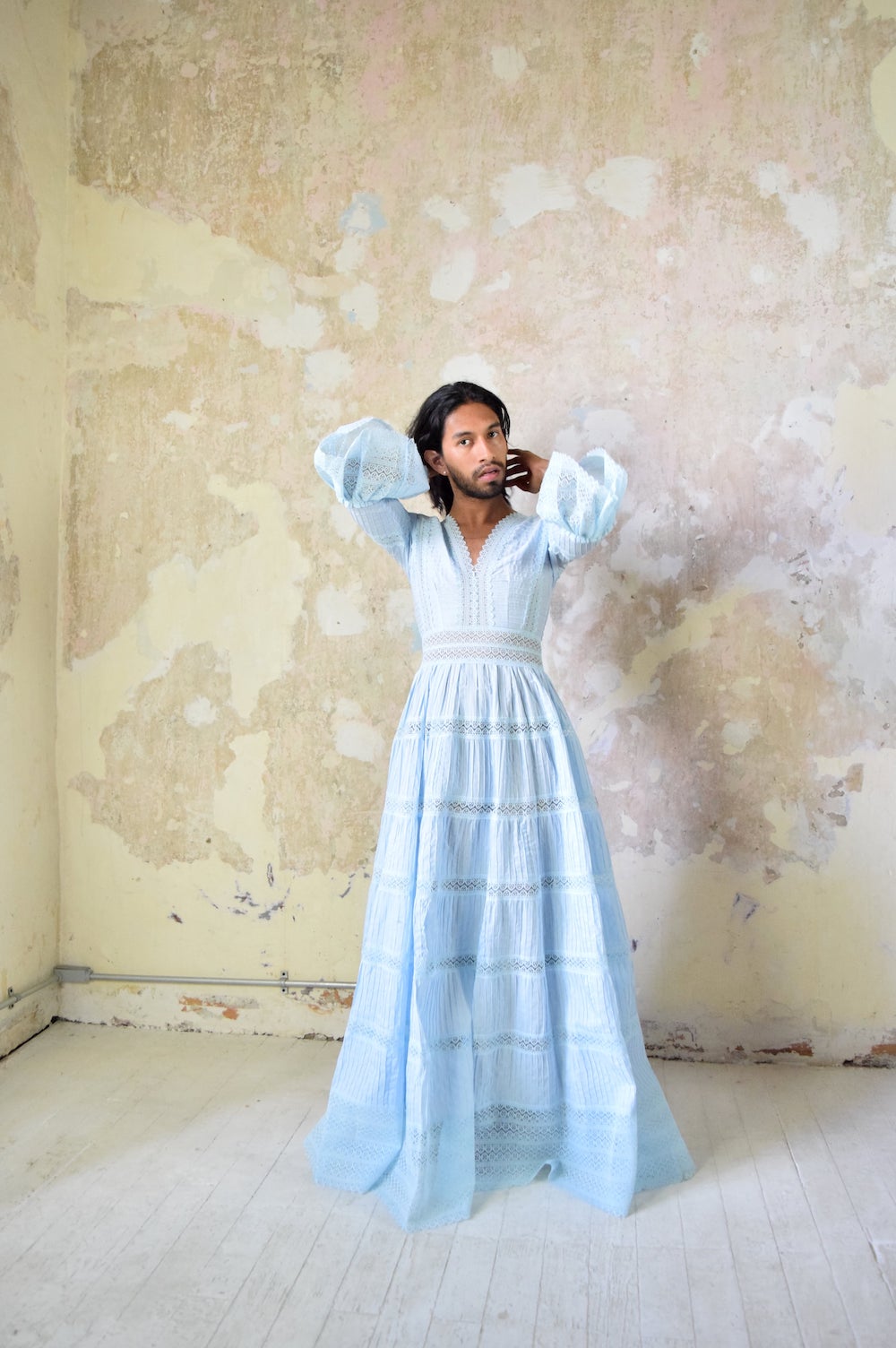
Courtesy of Les Jesus.
WW: What role does sustainability play in your overall idea of curating and creating clothing?
JH: My hope is that the future of clothes will have to be nothing but sustainable. I’m only increasingly interested in these clothes. I wear jeans and T-shirts, but I buy secondhand or wear hand-me-downs—and I’m proud of it. Basics are sustainable, but they have to be intentionally bought and worn. I invest in pieces because I value the time something takes to make. Sustainability is such a sophisticated thing. Nature does it beautifully in the rainforests, turning leaves and dead animals into nourishment. Every old culture has this at its core—mending, composting, recycling. It’s the most enlightened, civilized way of living. It’s the main principle of design I live, work, and curate by.
WW: What are you working on in 2023?
JH: Besides Les Jesus and The Vintage Jesus, I’m working on fine-tuning how I split my time between CDMX and NYC to build the business correctly through resourceful and thoughtful production with a dedicated team. I’m also working on a poetry book I’ve been writing for the past four years, which I hope to finish and have edited by the end of 2023. I’d like to publish it and donate the profits to charity because I believe not everything is for personal gain. Some of our passions should feed needs outside of us.
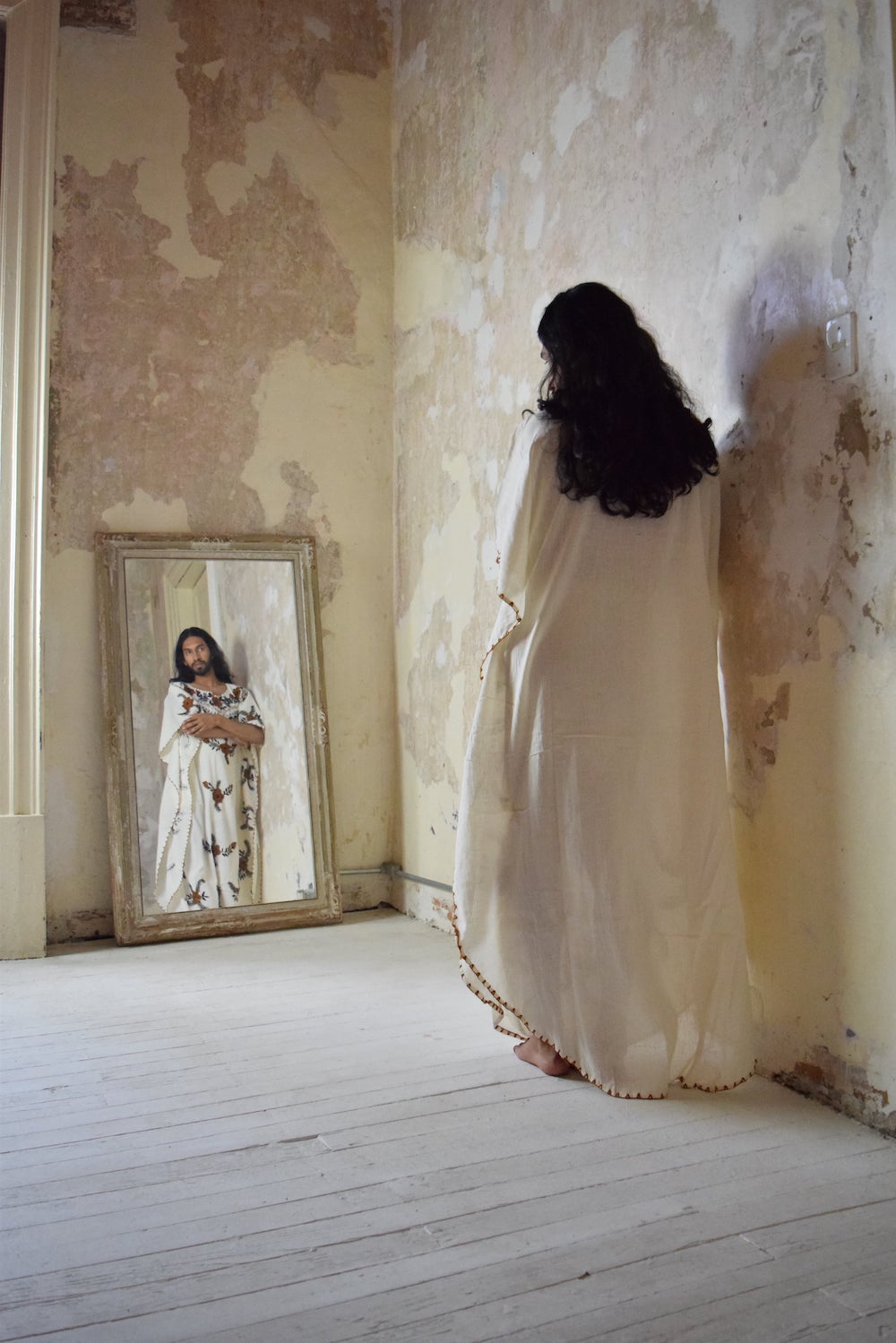
Courtesy of Les Jesus.
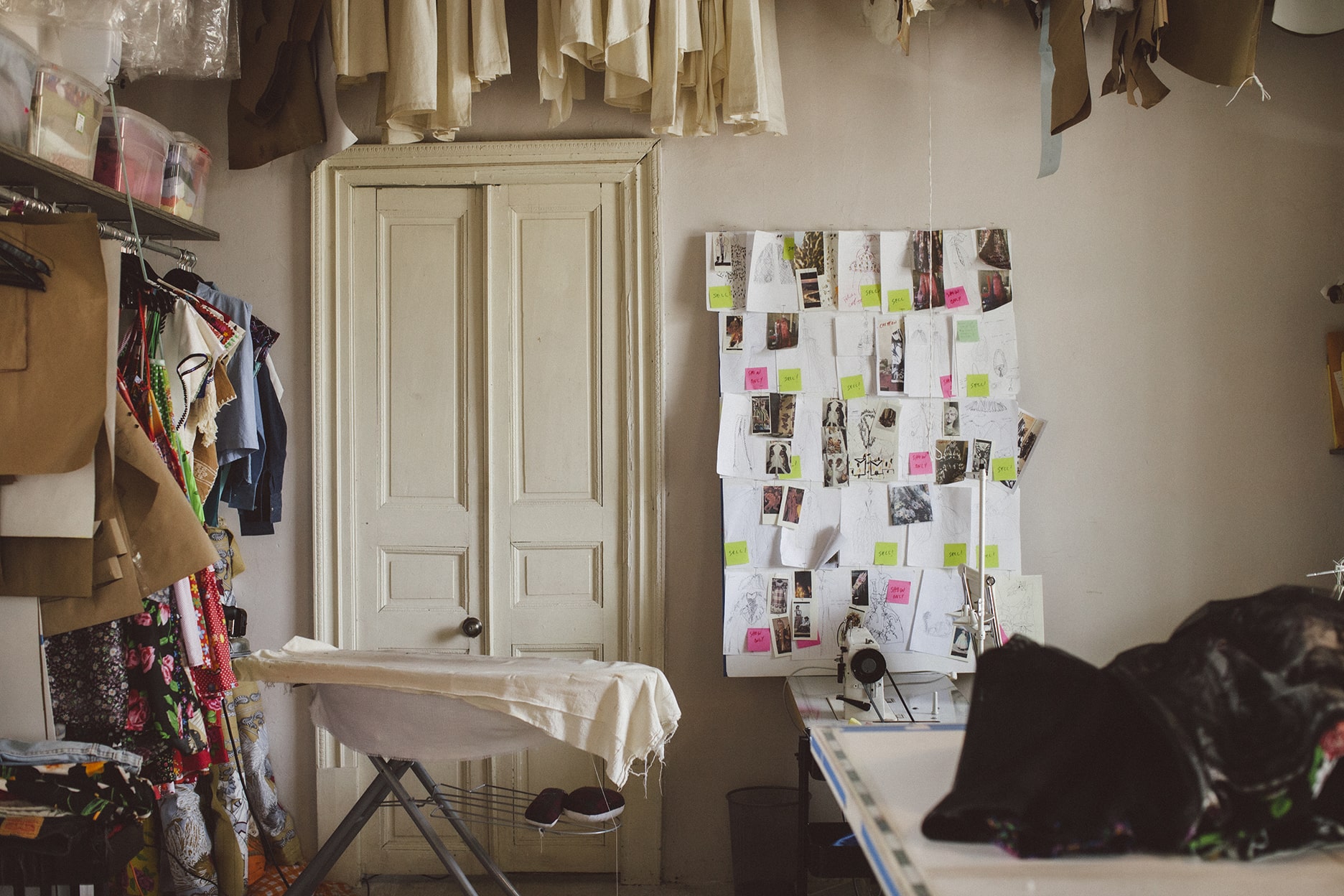
Photo by Summer Kellogg, courtesy of Les Jesus.



